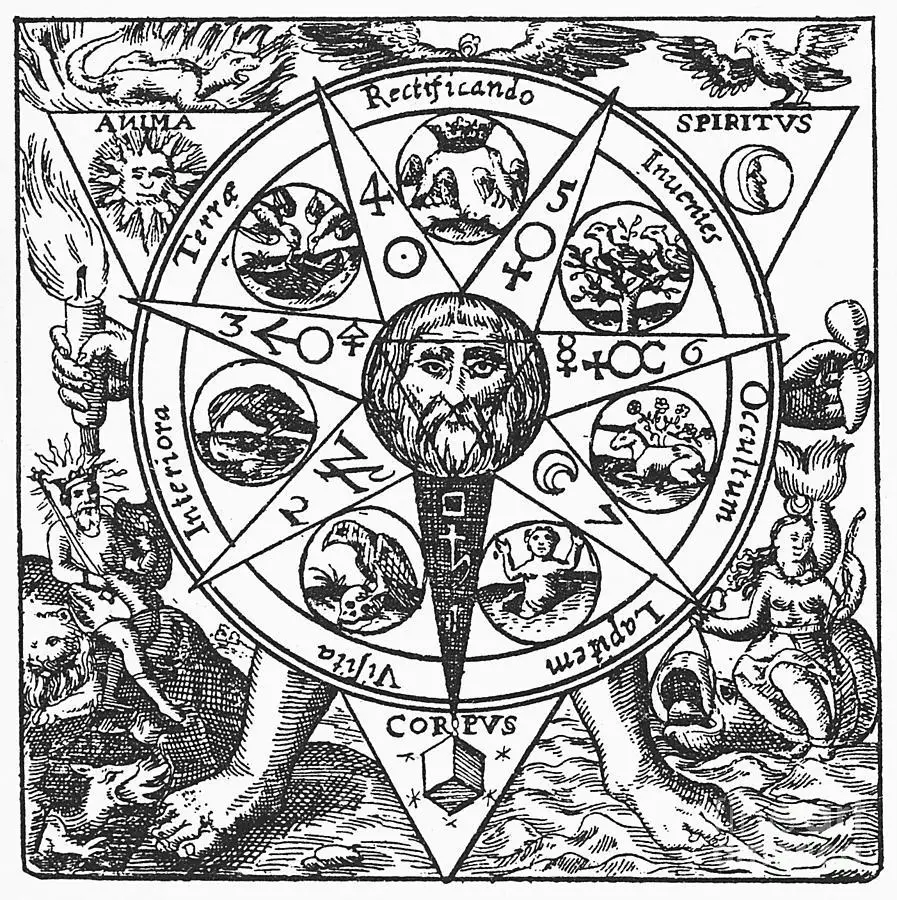Learning From The Ancients: The 7 Hermetic Principles
Tags: opinion

The 7 Hermetic Principles are a group of simple condensed natural laws that work as a road map for self-liberation. Written by Hermes Trismegistus, a character whose existence blurs the lines between real and mythical.
“Master of all arts and sciences, perfect in all crafts, Ruler of the Three Worlds, Scribe of the Gods, and Keeper of the Books of Life, Thoth Hermes Trismegistus — the Three Times Greatest, the “First Intelligencer” — was regarded by the ancient Egyptians as the embodiment of the Universal Mind. While in all probability there actually existed a great sage and educator by the name of Hermes, it is impossible to extricate the historical man from the mass of legendary accounts which attempt to identify him with the Cosmic Principle of Thought.” Manly P. Hall — The Secret Teachings of All Ages
Hermes is revered as the reincarnation of Tehuti (more commonly known as Thoth), the Kemetic (Ancient Egyptian) God of Writing.
The laws were originally thought to have been passed down by oral tradition. This is when a master teacher verbally shares selected parables and axioms with disciples to preserve the teachings. This was done so only selected people would learn the information, but also for the protection of the teachers and disciples. Up until recent times, people found to be sharing this occult information could end up being burned at the stake for heresy and blasphemy. An example of this is the 16th-century Hermetic Occultist Bruno Giordano, who was burned at the stake for teaching about Hermeticism.
Written copies were made of the teachings in later centuries, with the surviving writings being named the Corpus Hermetica. This is a series of letters from Hermes, which included the 7 Hermetic Principles which are outlined below with short videos that delve deeper into the teachings.
The 7 Hermetic Principles
- The Principle of Mentalism.
“THE ALL IS MIND; The Universe is Mental.”–The Kybalion.
- The Principle of Correspondence.
“As above, so below; as below, so above.”–The Kybalion.
- The Principle of Vibration.
“Nothing rests; everything moves; everything vibrates.”–The
Kybalion.
- The Principle of Polarity.
“Everything is Dual; everything has poles; everything has its
pair of opposites; like and unlike are the same; opposites are
identical in nature, but different in degree; extremes meet;
all truths are but half-truths; all paradoxes may be
reconciled.”–The Kybalion.
- The Principle of Rhythm.
“Everything flows, out and in; everything has its tides;
all things rise and fall; the pendulum-swing manifests in
everything; the measure of the swing to the right is the
measure of the swing to the left; rhythm compensates.”–The
Kybalion.
- The Principle of Cause and Effect.
“Every Cause has its Effect; every Effect has its Cause;
everything happens according to Law; Chance is but a name
for Law not recognized; there are many planes of causation,
but nothing escapes the Law.”–The Kybalion.
- The Principle of Gender.
“Gender is in everything; everything has its Masculine
and Feminine Principles; Gender manifests on all
planes.”–The Kybalion.
Leave Comment: